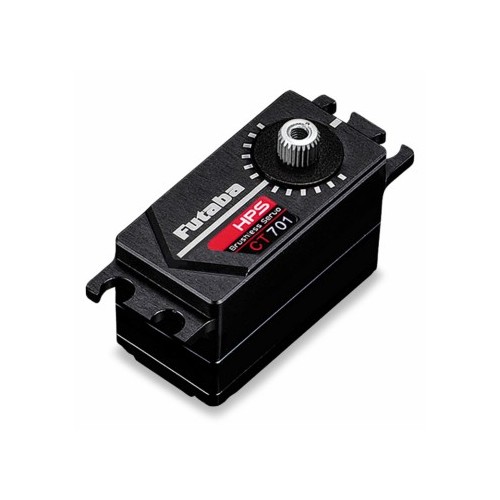FX-36 Radio, R7208SB receiver, w/o battery & charger
FUTABA FX-36 + R7208SB 2.4GHz FASSTest
The Futaba FX36 is the flagship among the tray style transmitters and was designed for high level model flying and competition use. This transmitter style is popular across Europe and is often used in pattern and glider flying. This high quality transmitter is built to the highest standard and leaves nothing to be desired in terms of transmission reliability and functionality.The features and telemetry functions are almost identical to the well-known T18MZ and T14SG transmitters. This set uses Futaba's best quality stick units ST-57 (as used in the T18MZ) to give extremely precise control.You can transmit on FASST, FASSTest, T-FHSS and FHSS allowing you to pick the right receiver for your model. The menu navigation is clearly structured and can be quickly/easily operated via the large colour touch screen. In addition to the familiar functions of the T18MZ Futaba have added a new multicopter menu and the ability to use up to 9 different language options! The integrated SD card slot allows you to store model data and software updates for future helping to make the FX36 future-proof.T14SG, T16SZ, T18SZ, FX-22, FX-30 and FX-32 model memories are convertible to FX-36.The ergonomically arranged switches and encoders allow fatigue-free operation during long flights and the set includes 2 aluminium joystick extensions to adjust to the pilot if needed. Features:
Professional 18-channel remote control system
Ergonomic transmitter design
Professional level stick units (ST-57)
Extensive telemetry functions (Similar to T18MZ)
New S.BUS functions
Model selection, internal memory for 30 models (Expandable via SD card)
15 Character model / user names
Modes switchable between FASST, FASSTest, S-FHSS or T-FHSS
9 Language menu navigation
4.3" Colour touch screen (480 x 272px)
Telemetry with voice output via loudspeaker or optional headphones
6 Digital trims
6 Switches
2 Rotary dials
2 Linear sliders
Graphical servo monitor that displays all servo paths with servo test function
Future proof by updating capability via SD card
Extensive timer functions
Vibration alarm
S.BUS port with power support, for programming and logging S.BUS
8 Flight conditions per model memory (like T18MZ)
10 Option mixes
AFR 3 modes (Up to 17 points)
13 Wing types, 3 tail types & 8 swashplate options
Fully equipped helicopter menu with swash ring, governor, servo travel and speed compensation, throttle limiter
3 curve modes for gas / pitch, up to 17 points possible
Fully equipped sailor menu with 13 wing types, 3 tail units
Extensive mixer selection for gliders and engine models (like T18MZ)
Freely configurable teacher / student channel assignment
Box Contents
Transmitter FX36 2.4GHz FASSTest
Receiver R7208SB 2.4 GHz FASSTest
Switch with charging socket
2 Aluminium joystick extensions (M4 Thread)
Neutralization stopper
Screwdriver
At this moment there is no printed manual - click on the download tab and download the manual in PDF format (English)
Required Accessories
Batteries, charger & servos (note, the manual says that TX battery is included but that is incorrect)
Battery type needed: 5-cell NiMH / 2-cell LiPo / 2-cell LiFe
Battery max dimensions: L146 x W46 x H18.5mm


